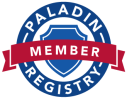rebel Financial is a Registered Investment Advisor that provides retirement planning, estate planning, financial planning, and investment management services to individual and institutional clients. To get a more detailed description of the company, its management, and practices, view our (form ADV, Part2A) and Disclosures.
Fiduciary & Fee-Only Financial Advisors and Planners

 The number of Americans covered by high-deductible health plans (HDHPs)/health savings accounts (HSAs) rose to about 19.7 million in 2015 — up from 17.4 million in 2014. On average, enrollment in HDHPs/HSAs has risen nearly 22% over the past two years.1 If you are new to HSAs and eager to take advantage of all the potential benefits they have to offer, keep the following in mind as you familiarize yourself with your account this year.
The number of Americans covered by high-deductible health plans (HDHPs)/health savings accounts (HSAs) rose to about 19.7 million in 2015 — up from 17.4 million in 2014. On average, enrollment in HDHPs/HSAs has risen nearly 22% over the past two years.1 If you are new to HSAs and eager to take advantage of all the potential benefits they have to offer, keep the following in mind as you familiarize yourself with your account this year.





